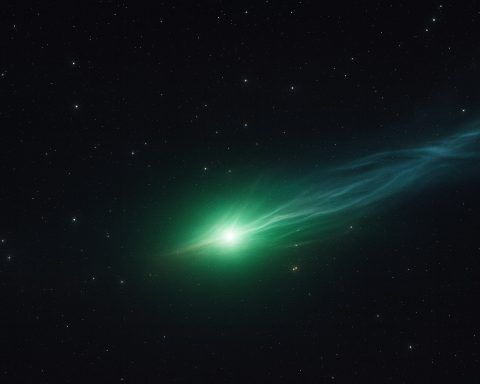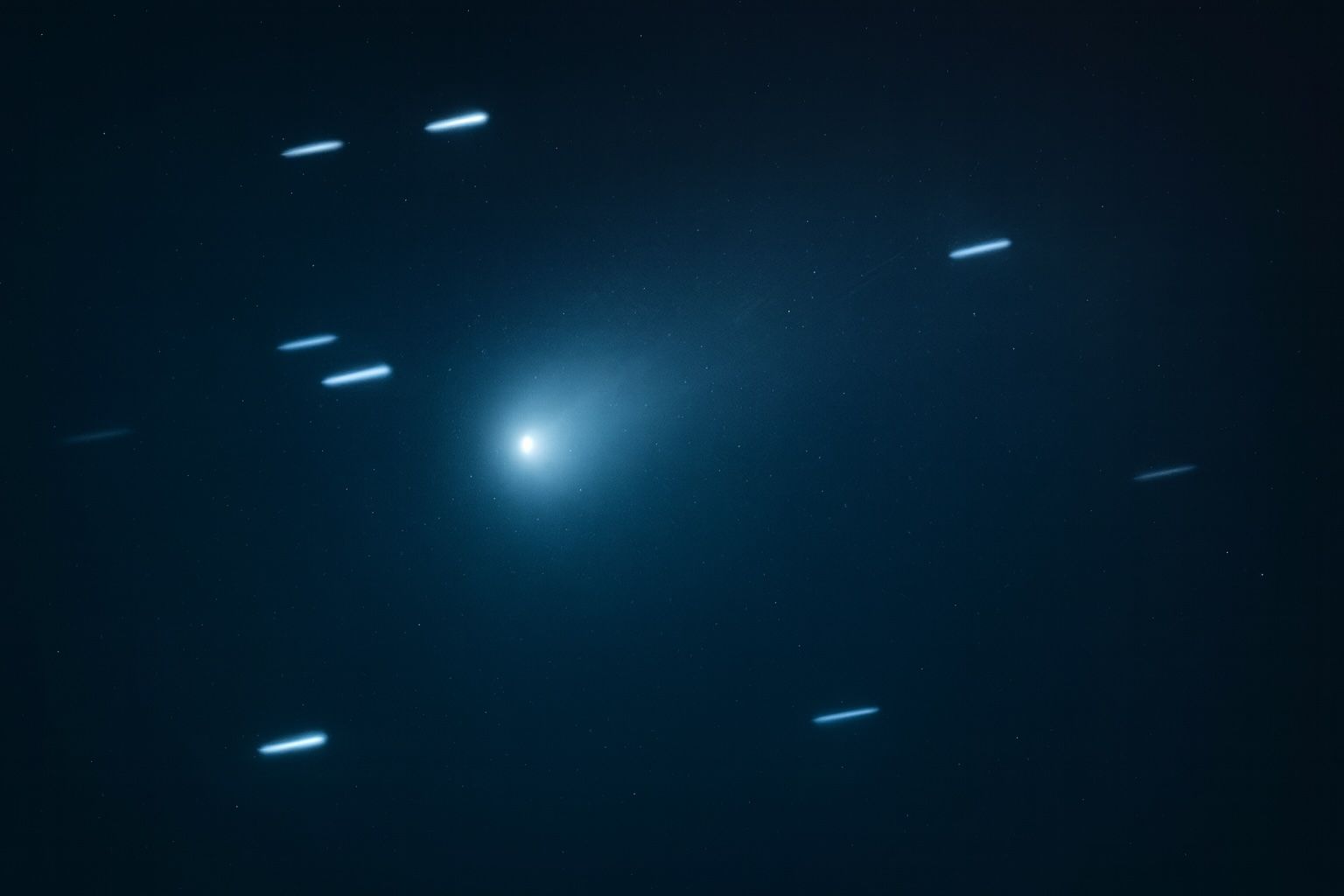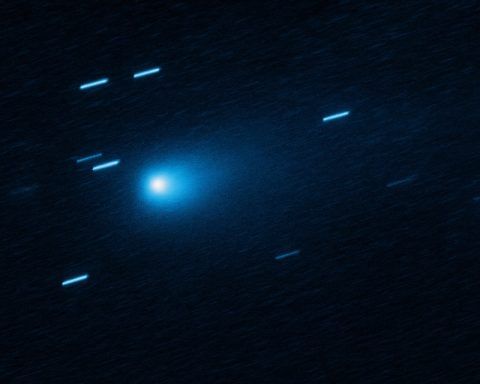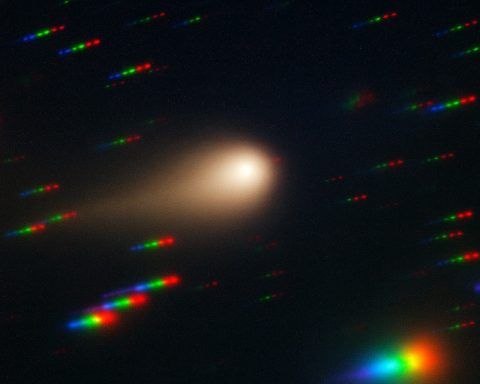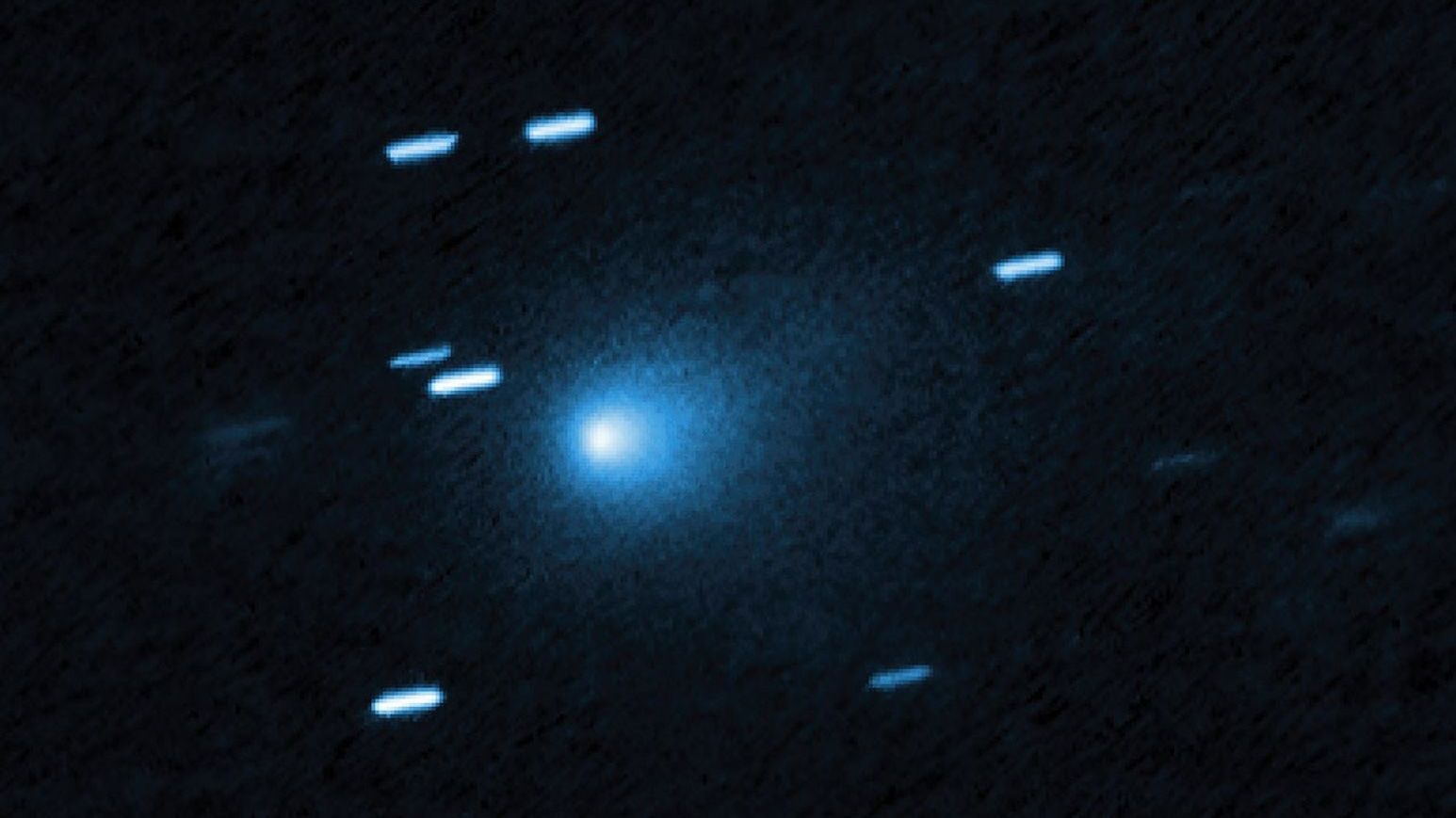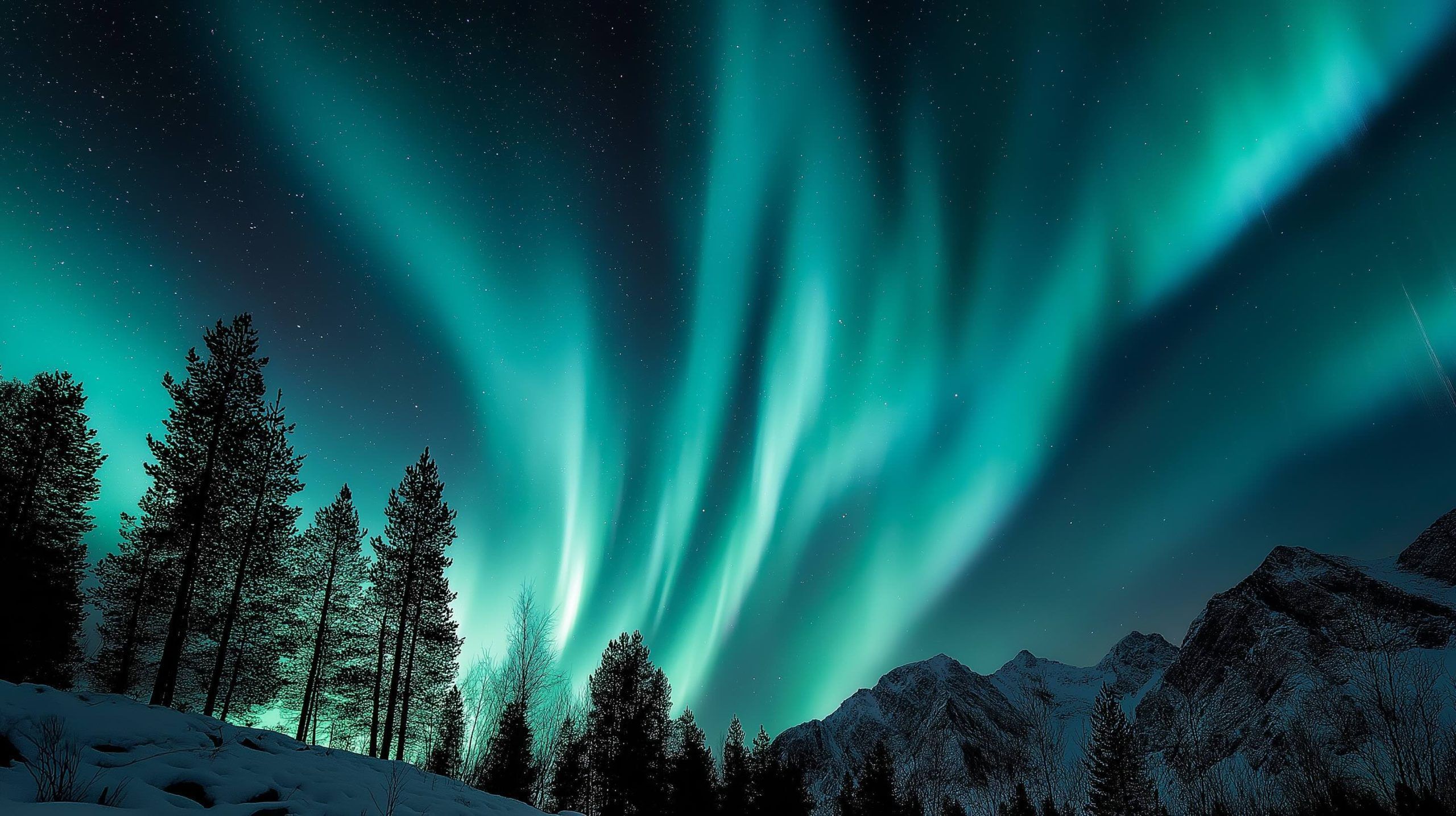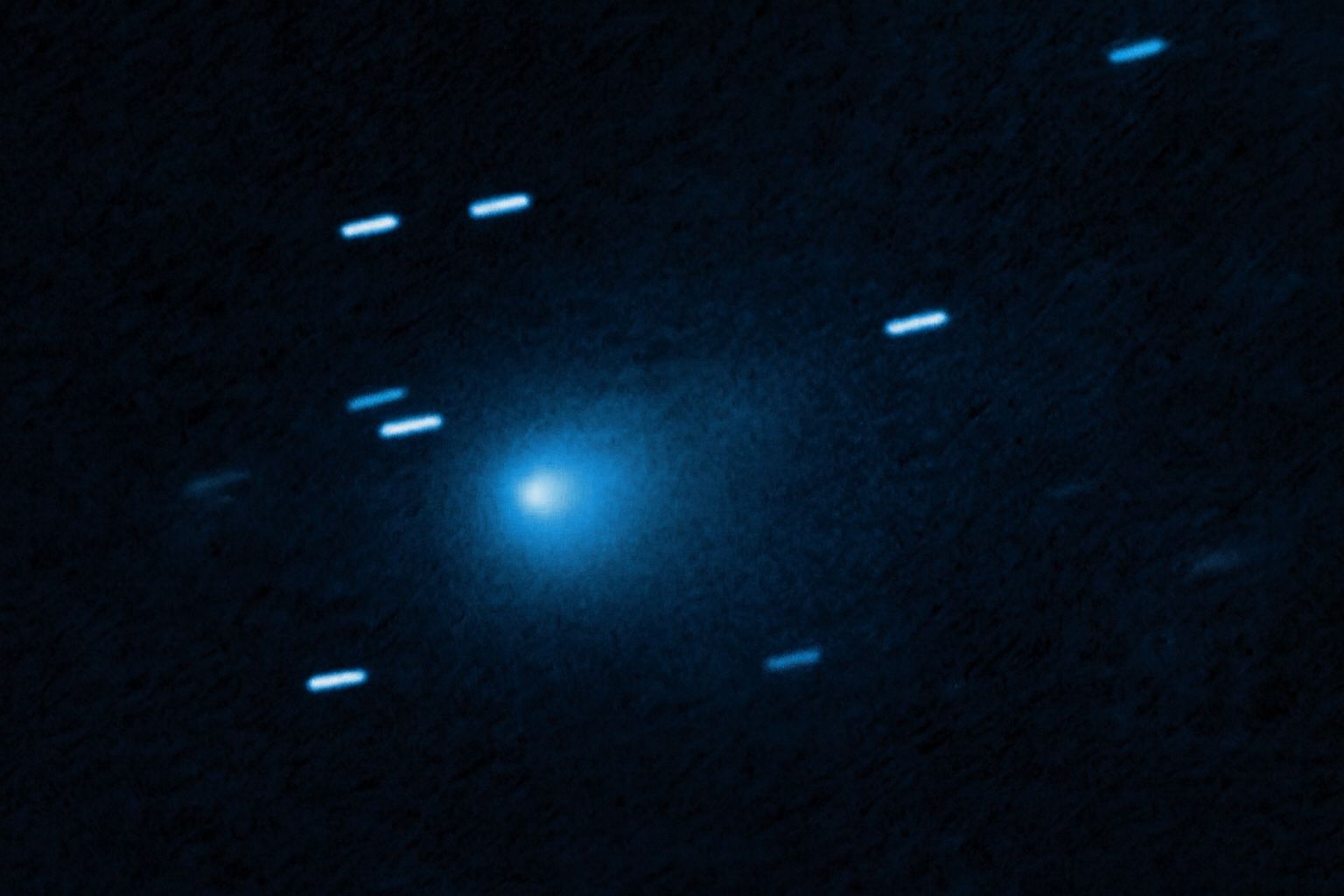
Interstellar Comet 3I/ATLAS on November 16, 2025: How to Watch Tonight’s Livestream, What’s New from ESA & NASA, and Where to Find It in the Sky
Published: November 16, 2025 Summary (today): A free global livestream will show interstellar comet 3I/ATLAS racing away from the Sun late Sunday, Nov. 16 (11:15 p.m. ET / 04:15 GMT on Nov. 17). ESA just tightened the comet’s trajectory using
